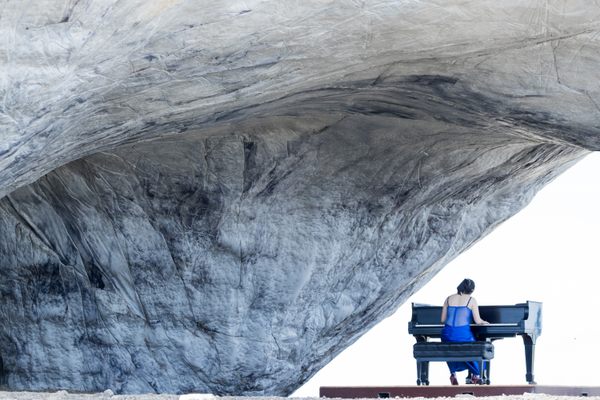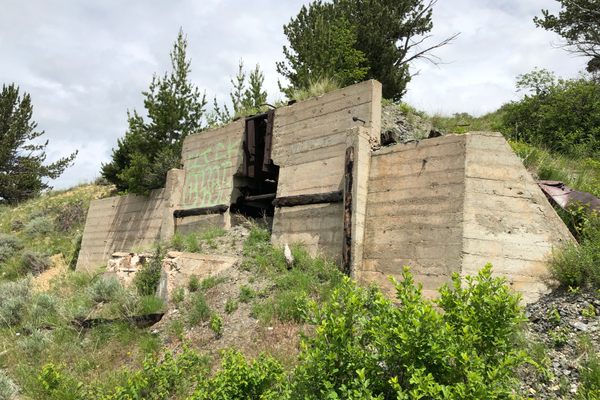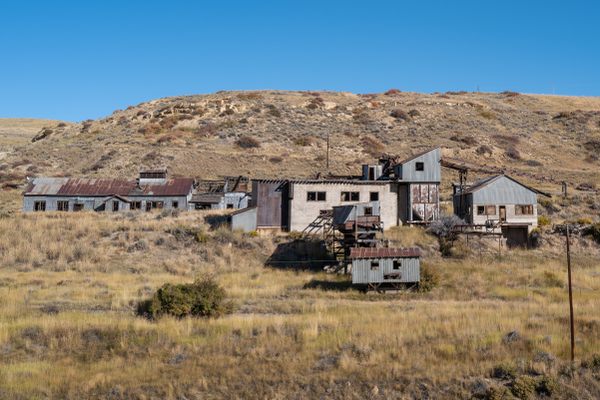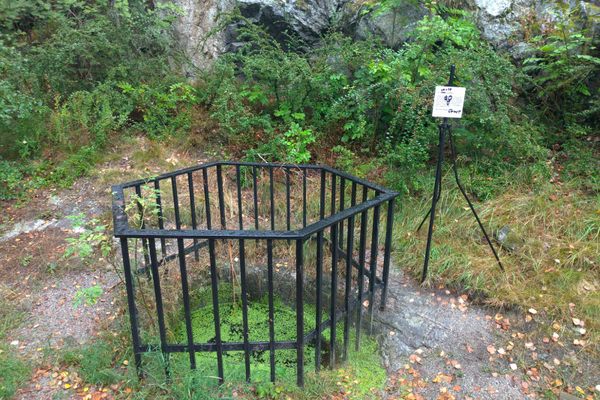AO Edited
Grasshopper Glacier
A rapidly disappearing glacier filled with extinct grasshoppers, perfectly preserved in the ice.
About 70 miles southwest of Billings, Montana, in the Beartooth Mountains of Custer National Forest, a bizarre snowfield sits at 11,000 feet above sea level. Unlike most glaciers, whose tops are pure white, this formation is a very different color, first described in the early 1900s as akin to “the skin of an elephant.”
Grasshopper Glacier gets its bizarre appearance from tens of millions of grasshoppers—locusts, to be precise—entombed in its icy domain. The most popular theory for the glacier’s multitude of frozen bugs is that centuries ago, a swarm of billions of locusts were migrating over the Rocky Mountains when they were trapped by a massive winter storm. The ice has frozen these specimens in time, like an untamed, living portal to a world that once was.
Grasshopper Glacier was discovered in the early 1900s by geologist J.P. Kimball. When he sent samples of the insect species to the U.S. Bureau of Entomology in 1914, it was discovered that they were Rocky Mountain locusts, a species that went extinct over a century ago, possibly because their eggs were run over by the plows of farmers in the American West.
Unfortunately, due to global warming, Grasshopper Glacier has shrunk considerably—from a length of five miles in preindustrial times to less than a mile today. To witness this piece of living biological history, be sure to visit soon, before it all melts.
Know Before You Go
Hiking Grasshopper Glacier is only possible from late July to September. To access the Glacier, head south on Highway 212 toward Cooke City and turn north onto Lulu-Goose Lake Road. From there, you must walk the four-mile trail that heads up an old road to Goose Lake. The trail then heads northeast to a column connecting Sawtooth Mountain and Iceberg Peak. Grasshopper Glacier is attached to Iceberg Peak on the north side, just past the first rock ridge.



















Follow us on Twitter to get the latest on the world's hidden wonders.
Like us on Facebook to get the latest on the world's hidden wonders.
Follow us on Twitter Like us on Facebook